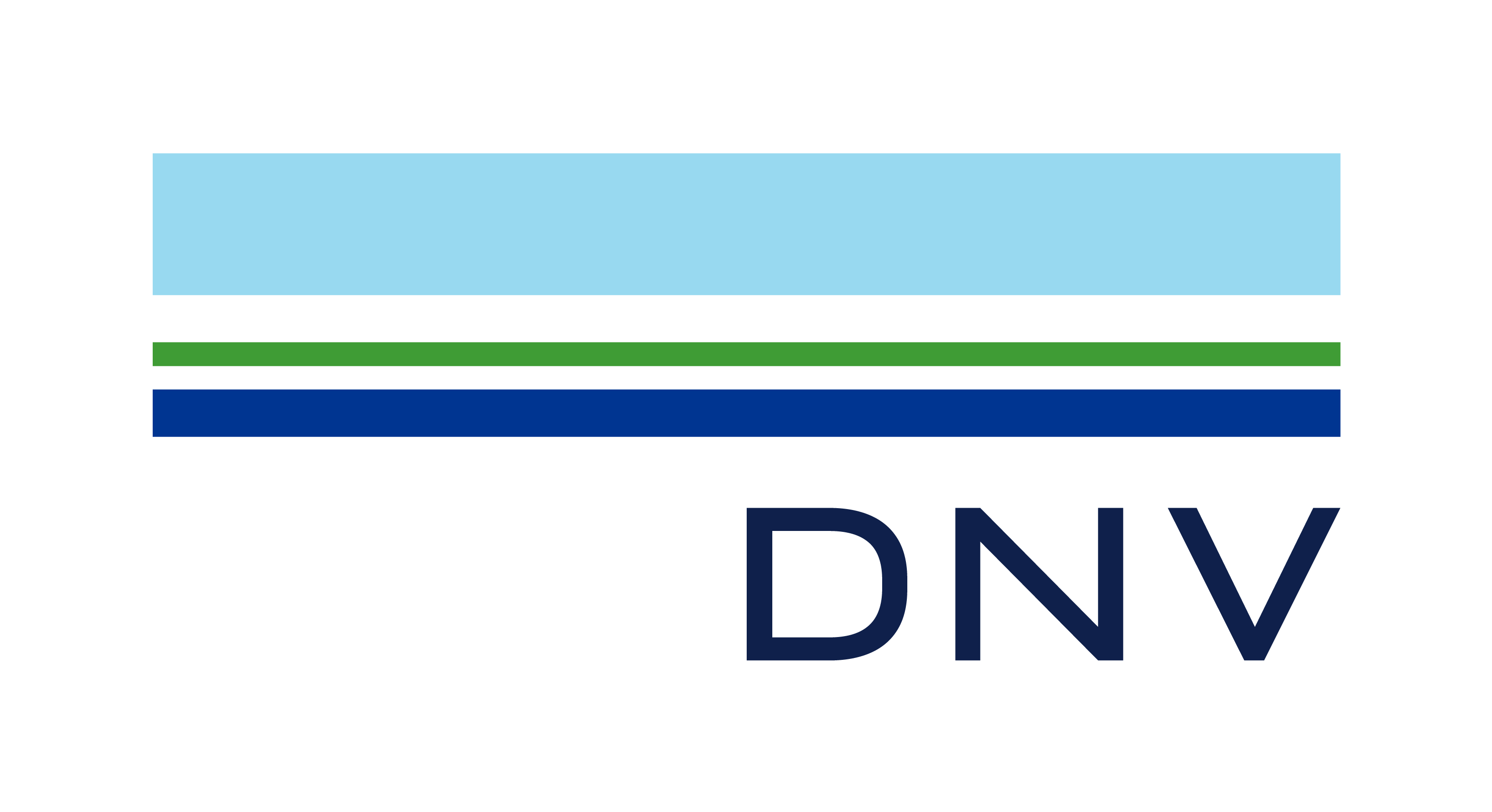- MyISRS
- Features and Benefits
- References and Case Studies
- ISRS Training
- ISRS Book of Knowledge
- ISRS9 Book of Knowledge
- 1. Leadership
- 2. Planning and Administration
- 3. Risk Evaluation
- 4. Human Resources
- 5. Compliance
- 6. Projects
- 7. Competence
- 8. Communication and Promotion
- 9. Risk Control
- 10. Asset Integrity
- 11. Contractors and Suppliers
- 12. Emergency Preparedness
- 13. Learning From Events
- 14. Risk Monitoring
- 15. Results and Review
- History of ISRS
- Log In Help

9. Risk Control
Once risks to the organisation have been identified, the controls determined as necessary, according to a suitable control hierarchy, must be in place to manage the risks. Engineering / design controls, including elimination and substitution, are the first choice to manage risks where possible. Administrative controls including operating procedures, rules, work permits, and warning signs and notices are the next choice to mitigate risk. Personal and environmental protective equipment are the last line of defence. Materials and products should be effectively identified, labelled, stored and inspected to ensure quality is controlled. Finally, other relevant controls should be in place to ensure other management system aspects and processes perform suitably, adequately, and effectively as per their requirements. These include security, energy, and knowledge management, as well as community engagement plans and initiatives.
Risk Control explained by Lintang Adi Pradana from DNV GL Indonesia


